Step into the world where the rugged charm of the Wild West meets the refined elegance of high society. This curated list of 10 films showcases the unique blend of western landscapes with the sophisticated manners and intrigues of the upper crust. Whether it's a tale of love, betrayal, or adventure, these films offer a fascinating look at how the two worlds collide, providing both entertainment and a deeper understanding of the social dynamics of the era.
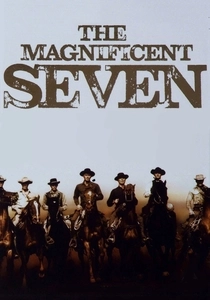
The Magnificent Seven (1960)
Description: A group of gunfighters are hired to protect a small Mexican village from bandits, but the film's opening scenes show the contrast between the town's elite and the common folk, setting the stage for the societal themes.
Fact: The film was inspired by Akira Kurosawa's "Seven Samurai" and became a classic in its own right.
 Watch Now
Watch Now 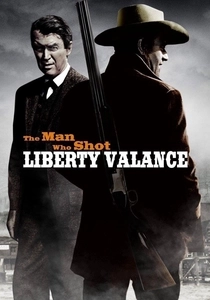
The Man Who Shot Liberty Valance (1962)
Description: This film explores the myth of the West through the story of a lawyer who becomes a hero by killing an outlaw, delving into themes of justice, honor, and the clash between old and new societal norms.
Fact: It's often cited as one of John Ford's greatest films, with a famous line, "When the legend becomes fact, print the legend."
 Watch Now
Watch Now 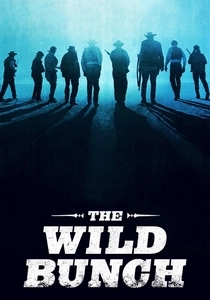
The Wild Bunch (1969)
Description: While primarily about outlaws, the film includes scenes where the gang interacts with the wealthy, showing the stark contrast between their world and that of the high society.
Fact: Known for its graphic violence, it was one of the first films to receive an R rating.
 Watch Now
Watch Now 
The Ballad of Cable Hogue (1970)
Description: This film tells the story of a prospector who, after being left for dead, finds water in the desert and builds a town around it, attracting the wealthy and the elite. It's a unique blend of western grit and social commentary on class.
Fact: The film was directed by Sam Peckinpah, known for his gritty westerns, and features a memorable performance by Jason Robards.
 Watch Now
Watch Now 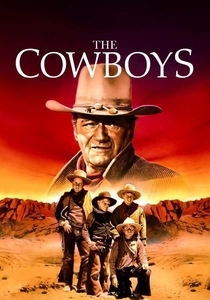
The Cowboys (1972)
Description: John Wayne plays a rancher who hires schoolboys to drive his cattle to market, showcasing the interaction between the rough-and-tumble life of a cowboy and the more sheltered upbringing of the boys.
Fact: This was one of John Wayne's last films, and it's notable for its departure from his usual tough-guy roles.
 Watch Now
Watch Now 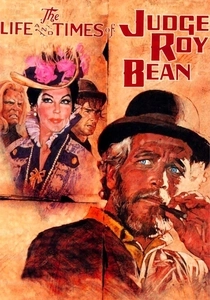
The Life and Times of Judge Roy Bean (1972)
Description: Paul Newman stars as the self-appointed judge in a lawless town, where he tries to impose his own brand of justice, often clashing with the upper echelons of society.
Fact: The film was directed by John Huston, and its quirky take on the western genre includes cameos by many famous actors.
 Watch Now
Watch Now 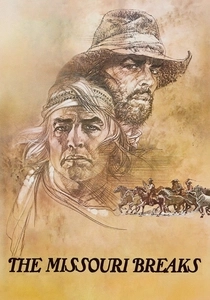
The Missouri Breaks (1976)
Description: Marlon Brando and Jack Nicholson star in this tale of a cattle rustler and a hired killer, set against the backdrop of the changing West, where societal norms are shifting.
Fact: The film is notable for the intense rivalry between Brando and Nicholson, which was reflected in their performances.
 Watch Now
Watch Now 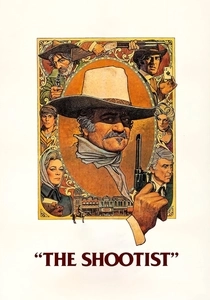
The Shootist (1976)
Description: John Wayne's final film sees him as an aging gunfighter who seeks to die with dignity, interacting with various societal layers, including a doctor and a widow, in his quest for a peaceful end.
Fact: The film was Wayne's last role, and he passed away shortly after its release, making it a poignant farewell to his legendary career.
 Watch Now
Watch Now 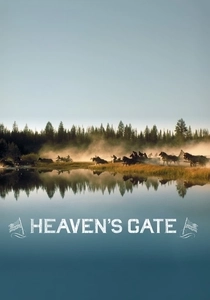
Heaven's Gate (1980)
Description: This epic western, despite its troubled production, explores the conflict between wealthy cattle barons and immigrant settlers, highlighting the societal divide.
Fact: The film's budget ballooned to over $40 million, making it one of the most expensive films of its time, and its failure at the box office led to the downfall of United Artists.
 Watch Now
Watch Now 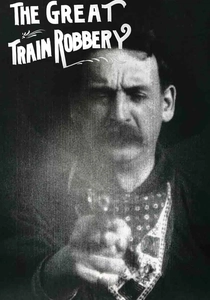
The Great Train Robbery (1903)
Description: While not strictly about high society, this silent film includes scenes where the robbers infiltrate a high-class train, showcasing the contrast between the lawless west and the genteel passengers.
Fact: It's one of the earliest narrative films, and its influence on cinema is profound, often credited with establishing the western genre.
 30 Days Free
30 Days Free 








